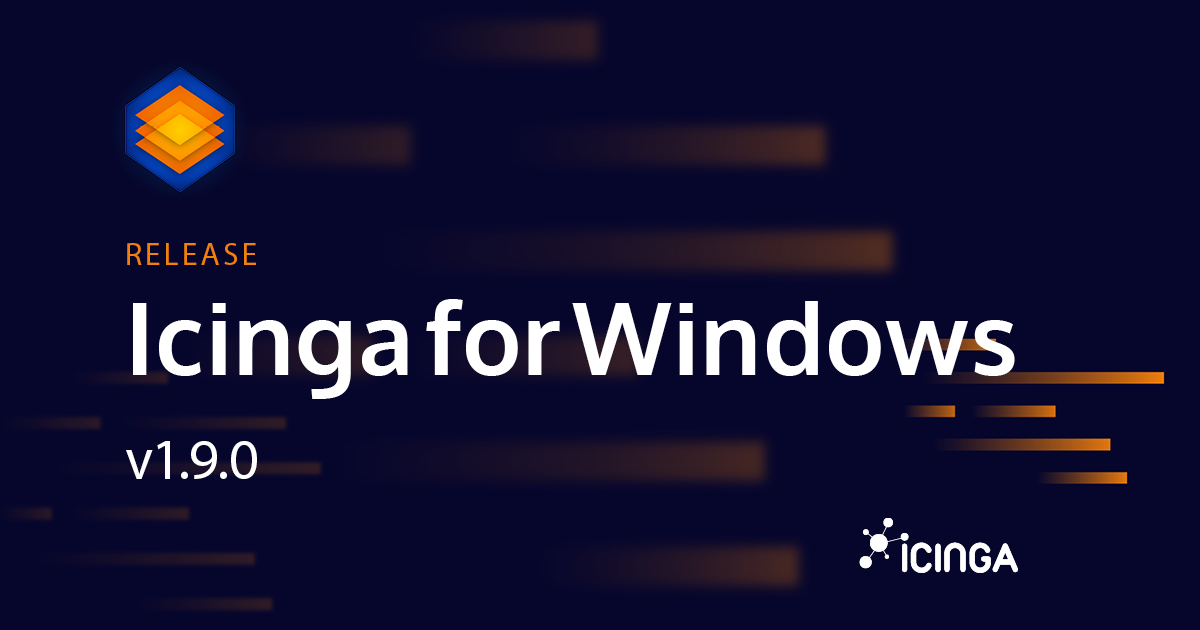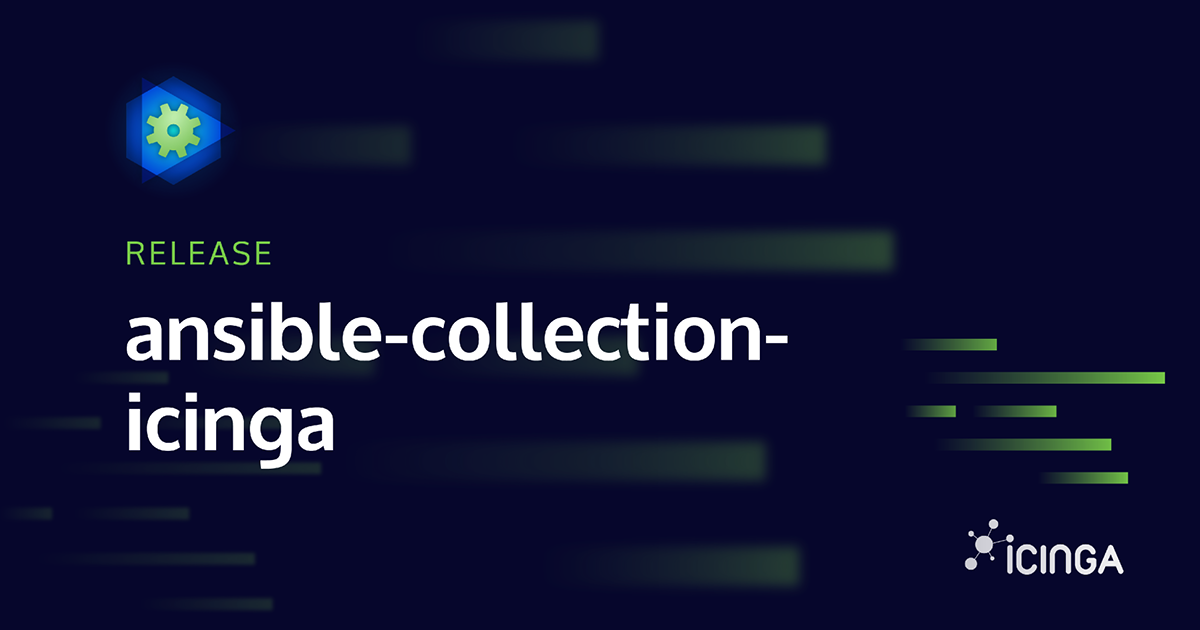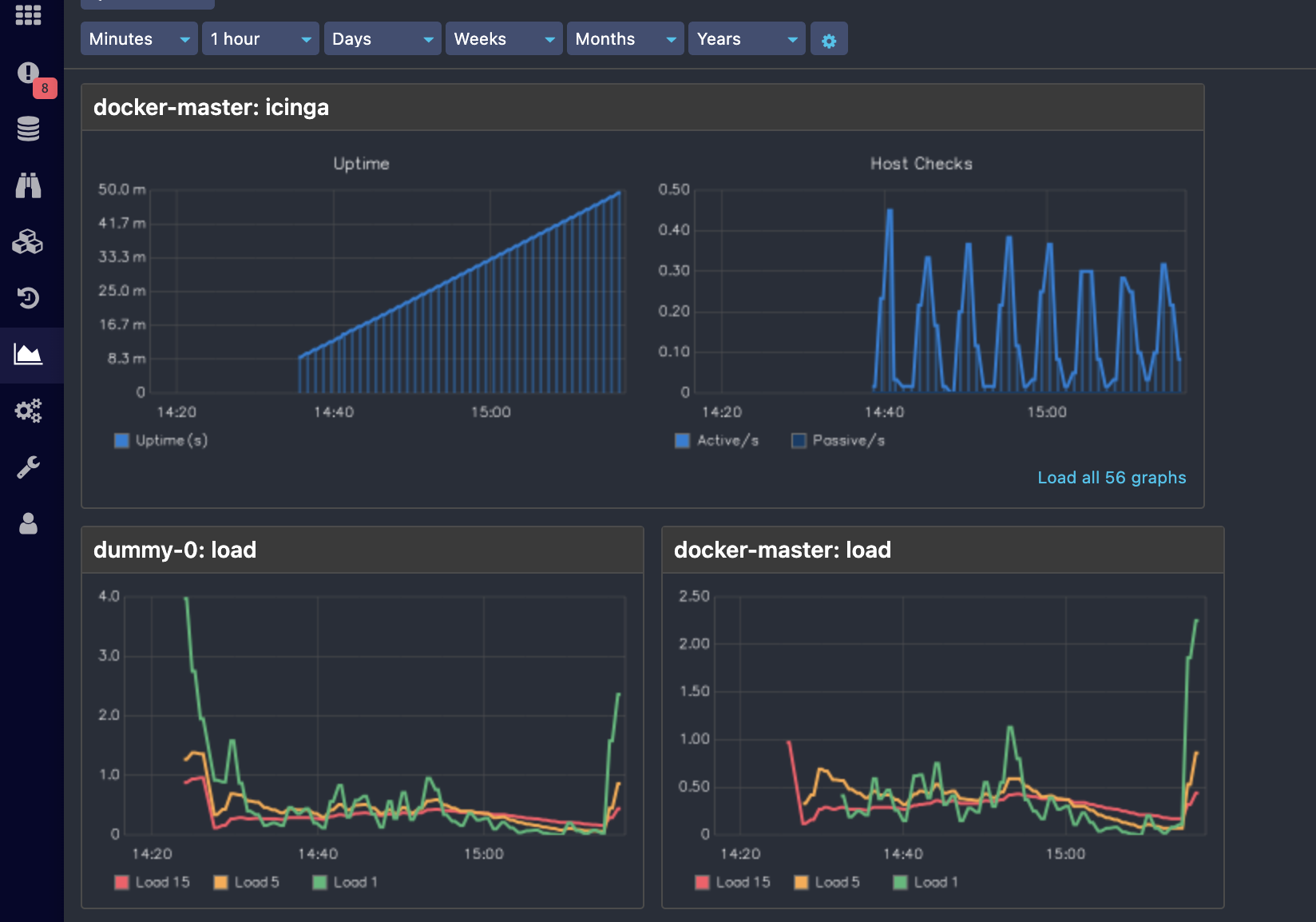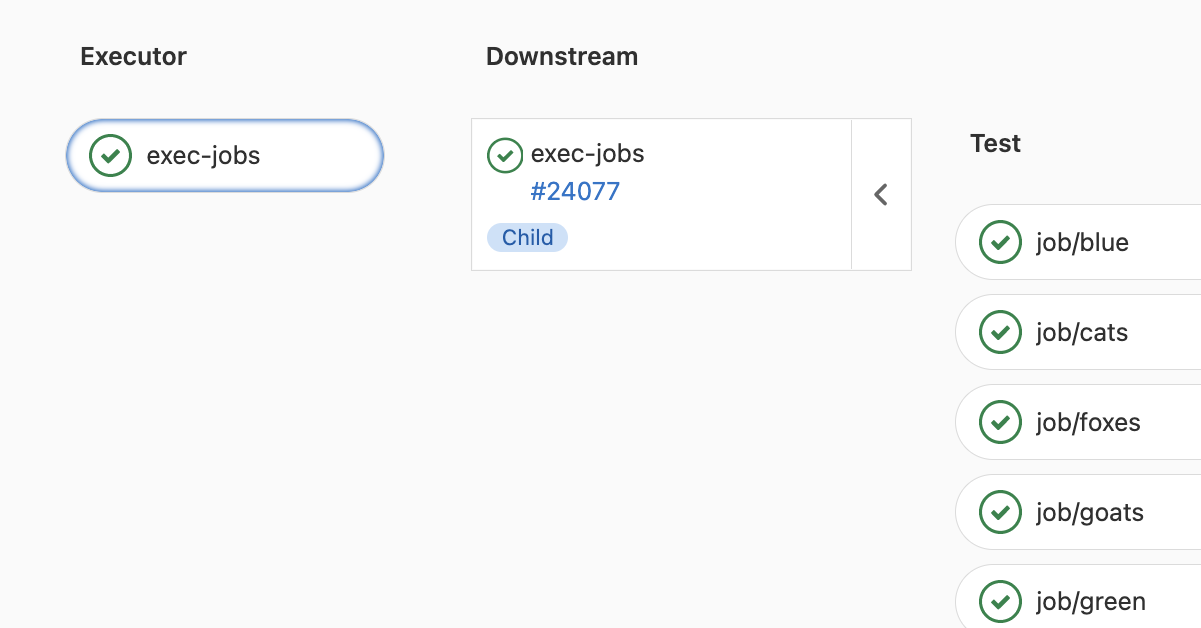Current Limitation: Dashboard Sharing Not Yet Supported Unlike menu items, dashboards in Icinga Web 2 currently can't be shared across users. This is something we will implement in future versions,...
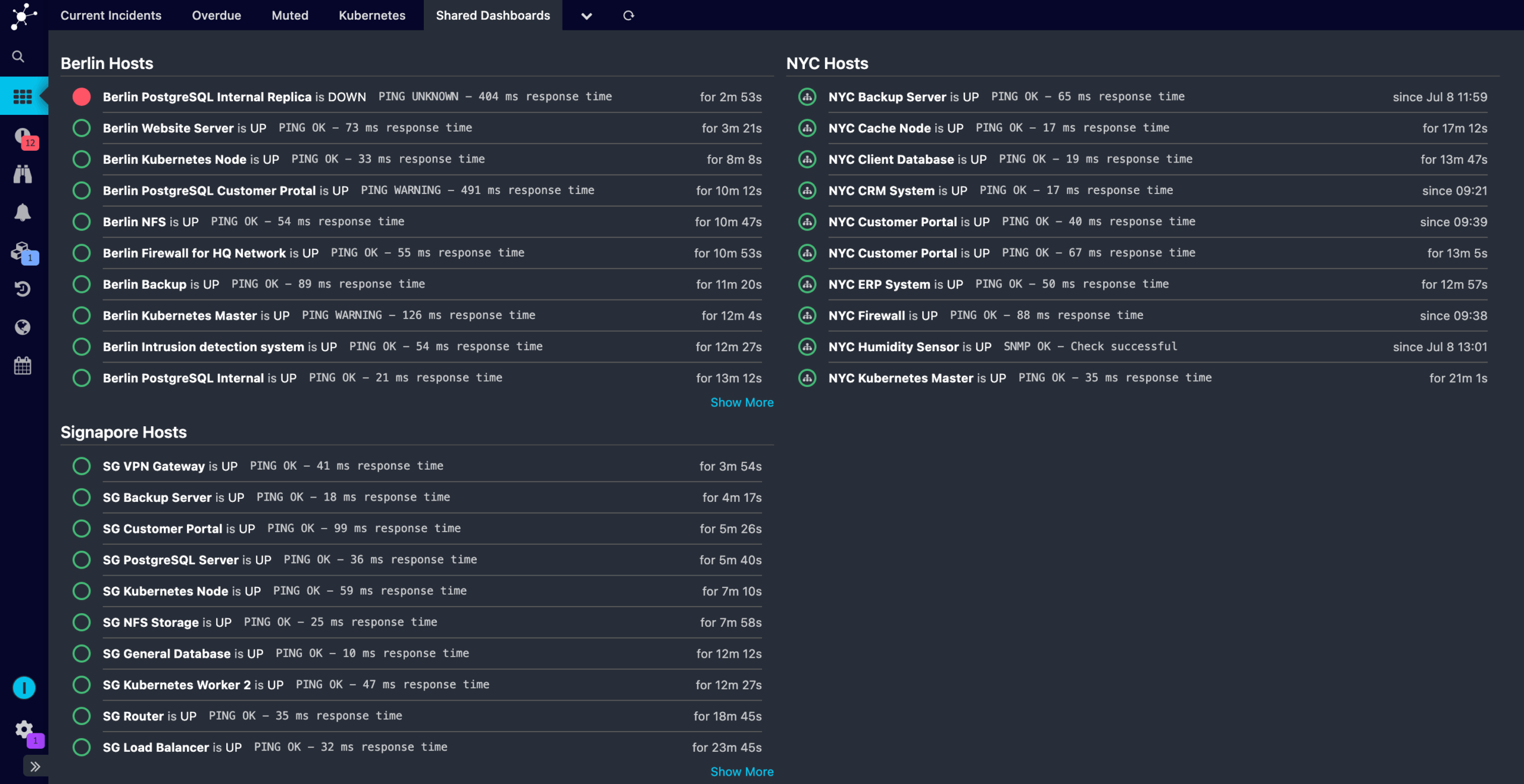
Dashboard Sharing – The Hard Way
Current Limitation: Dashboard Sharing Not Yet Supported Unlike menu items, dashboards in Icinga Web 2 currently can't be shared across users. This is something we will implement in future versions,...
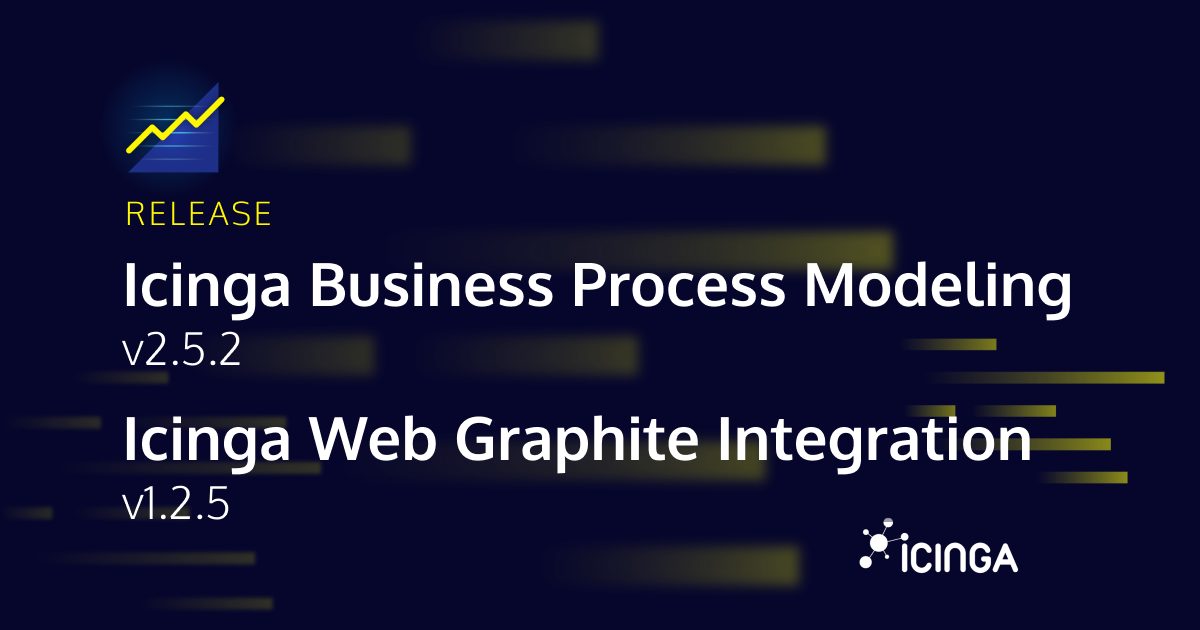
A little love for two old fellas – Icinga Business Process Modeling and Icinga Web Graphite Integration
Today is the day, we grant two products their long overdue maintenance. Maintenance always sounds boring, I hear you. But let me remind you that this also means we do and take care! And what this actually is all about: Icinga Business Process Modeling v2.5.2 Icinga...

We’re Still Flying the Rainbow Flag, Even When It’s Hard
It’s Pride Month: a time to celebrate the LGBTQIA+ community, reflect on the progress we’ve made, and acknowledge the challenges we still face. Around the world, queer people are once again being pushed to the margins - not just socially, but politically and...
Releasing Icinga for Windows v1.9.0 – An Isolated Experience
Today we are happy to announce that we are releasing Icinga for Windows v1.9.0. This release cycle is the biggest one yet, because we are releasing new versions for everything! This includes Framework Basic Plugins MSSQL Plugins Hyper-V Plugins Cluster Plugins...
Releasing Icinga 2.12.8
Today we are releasing Icinga 2.12.8. It addresses an issue with one of the fixes included in the 2.13.3 and 2.12.7 releases that was applied incorrectly in version 2.12.7. In addition, the bundled dependencies on Windows are updated to the latest available versions....
Building a strong relationship with Red Hat
Working together with other companies is a crucial part of our everyday business. Be it with our customers, business partners or technical partners - a close relationship is key for every future collaboration. Vendors of operating systems play an important role in...
Releasing Icinga 2.13.3 and 2.12.7
Today we are happy to announce the release of Icinga 2.13.3 and 2.12.7. Quite a number of bug fixes accumulated since the last release, including fixes for multiple crashes. Most changes are included in both versions except for the changes related to Icinga DB. These...
Why Monitoring?
We have decided to make some short educational videos about Icinga, and today we will be releasing the first one: Why Monitoring? In these videos we want to explain the Whys and Whats and Hows around Monitoring in a way that is accessible to anyone who is interested....
Introduction of the ansible-collection-icinga
Ansible is a commonly known tool to easily automate deployments in infrastructures, its configuration is based on YAML and is able to scale in big environments. Icinga 2 provides its own secure agent to monitor hosts, high available satellite zones and monitoring...
We are announcing Icinga-X!
Some would say, it's "just" a release. We say it's revolutionary. Never seen before. One of a kind. Exceptional. Why, you wonder? Because we have reinvented monitoring. Please release - it's about time The time has finally come to share the news with you!...
How to use path wildcards in Graphite Module
The Graphite module of Icingaweb2 is a great tool for rendering graphs from performance data. The latest version 1.2.0 introduces some bug fixes and new features like dark and light mode support, a lot of new templates, support for path wildcard, etc. The support for...
Parameterizing GitLab CI/CD?
While doing packaging for Icinga, I noticed we have a lot of YAML files describing GitLab pipelines doing very similar jobs. The same build job across different operating systems. That’s wasteful behaviour, which leads to a bigger workload when it comes to modifying...

Subscribe to our Newsletter
A monthly digest of the latest Icinga news, releases, articles and community topics.


